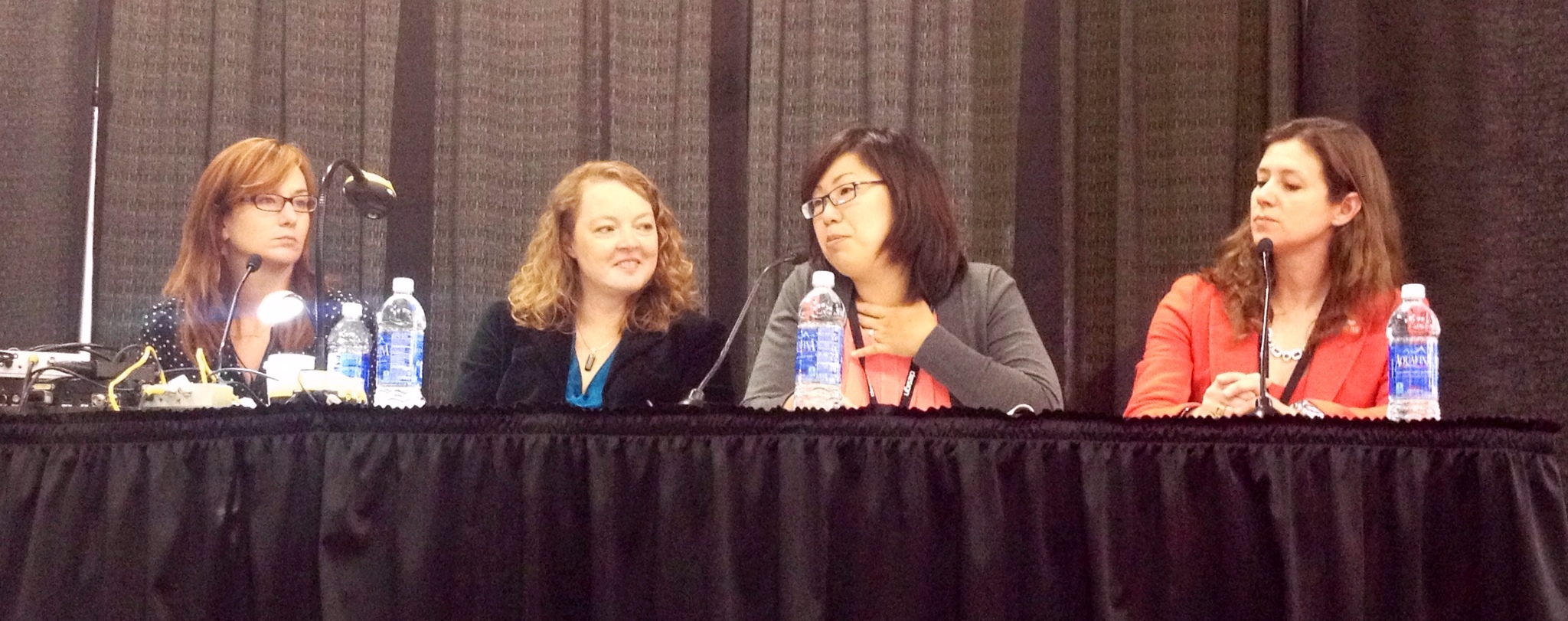I don’t normally do New Year’s resolutions. However, I did this year so here is my quarterly report.
Oh, but I didn’t exactly do a normal resolution. Instead, my plan is to have different resolution each week. Each resolution lasts Wednesday to Wednesday and should take 15-60 minutes of daily activity or thought. The goal overall is to try new things, see which better-for-me habits are easy to incorporate into my life and which ones are too difficult to maintain.
Week 1: Health: 10,000 steps and some time on the exercise. Success. Most days did more than five miles on the bike, only one day did I not want to bike at all.
Week 2: Happiness: more quality snuggling time with my husband. Mixed. It was nice but it require being in sync though it did keep us more in sync for a week or two after.
Week 3: Health: every day have one meal with a whole grain as a main component. Success. The whole grains made me feel a little better in general, more balanced sugar-wise. I found lots of whole grain things that I like, including plain old oatmeal packets, an easy meal I’d forgotten about. This resolution was a really, really good one and even 9 weeks later, most days I have something whole grain because I like how it makes me feel more full.
Week 4: Social: spend at least one hour a day talking to someone who is not my husband. Success but exhausting. Victims: house guest Nate (two days), She’s Geeky various people (three days), Ingo (birthday), and Jen + Alissa (on the embedded systems panel).
Week 5: Health: sixty minutes of at-least-slightly sweaty exercise. It’s funny, I think I usually mange 30-45 minutes of exercise (almost) everyday so I didn’t think this would be a big deal. However, I had one of Those Weeks and just failed at this one. Too much work, too much crankiness, too much “does this activity count?”. I’ll need to have more specificity in the future.
Week 6: Health: a different breakfast every day. My morning meal is exceedingly monotonous: a high protein food bar with low glycemic index and about 190 calories. What other breakfasts can keep me going until 11am without needing a snack? The goal was to keep the calorie intake around 200. This one was more interesting than I expected, changing up my morning patterns as well as my breakfast.
Week 7: Health: 10 miles on the exerbike, no reading fiction books until after getting on bike. I often bike 10 miles but I’d gotten out of the habit and I’d been lazing away hours reading junk. So, getting back in the habit of a late afternoon bike helped both of these issues.
Week 8: Health and Social: dual resolutions: to drink 8oz of water before each meal and to go out after dark each night. Having two resolutions watered it all down so I don’t think I get credit for successfully completing either one. The water one I just forgot about and getting up halfway through a meal to pound a glass of water was silly. As for going out, I just didn’t have things to do each night and didn’t have enough oomph to make stuff up.
Week 9: Health: Count calories. Not trying to reduce calories (though counting them has that effect anyway).
Week 10: Health: Count calories and exercise, making sure the total falls under the (generous) guideline given by the counting program. Still gathering a baseline.
Week 11: Health: Eat a rainbow everyday. After two weeks of counting calories, I wanted to con myself into continuing. I decided to try the school-children challenge of eating a food from each color group each day (red, orange, yellow/white, green, blue/purple). This one I stopped because it was stupid: if I want carrots and snap peas with lunch then fennel with orange wedges for dinner, eating blueberries instead (or in addition to) is dumb. Plus, I don’t really like blueberries and I couldn’t bring myself to count wine as a purple fruit. Plus, plus, I don’t need ways to eat *more* food. So I failed this resolution intentionally.
Week 12: Diet: No bread. After a few Sundays of bread-induced coma due to the amazing, spectacular, phenomenal bread from Manresa’s bread stand at Campbell’s farmer’s market, I realized I have a problem. (Still counting calories.) The resolution was really “no bread as a major component of a meal” which meant I could have a piece of bread but no bread-and-olive-oil meals, no sandwiches, and (horrors) no pizza. However, I’m mid-way through and I suspect “no bread” entirely is fine. I do miss it though.
Other resolutions I might try:
- Brush teeth after every meal/snack
- Eat fruit/vegetable 20 minutes before any snacking
- An hour of house or garden work every day
- Bike ten miles and take a walk each day
- No alcohol or no caffeine
- No tv before 9pm
- No non-fiction reading
- Blog post every day
- Cook main component of one meal each day from a cookbook (C to help choose recipes)
- Artistic endeavor for an hour a day
- 30 min/day updating all career related things with current info: linked in update, resume update, google self, speaker’s wikis, etc.
- Write a program in numPy everyday
- Get up and shower and dress everyday, as though I have a real job
- Do something nice for someone
- Write a novel proposal every day
- Spend 1 hour/day working on book promotion
- 10% decrease in calories (using newly calculated baseline from weeks 9-12).
What else? What thing to try might make a big difference in my happiness and health?

